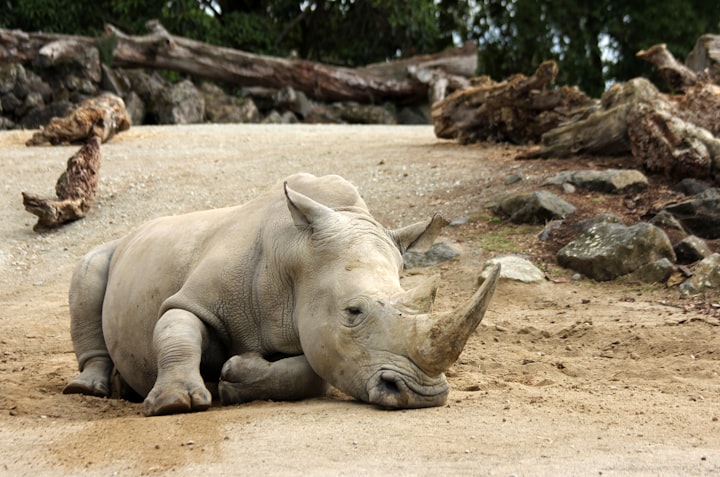
It is critical to note that the termination of species and populaces because of unconstraint measures is regular. For millennia of topographical time, the stop of certain species has been adjusted by the rise of the new ones. Thus, the neighborhood populace's deficiency (for example, on account of the settlement) has been repaid by the development of another crowd.
Be that as it may, the human movement has enormously increased the elimination rate and has put numerous species and populaces in danger of untimely vanishing (Burns 18). In the XX century, individuals caused the elimination of many referred to vertebrates just as spineless creatures. Obviously that the untimely eradication of species has real ramifications for the climate and biodiversity; it is essential to examine its various parts to comprehend the significant causes and outcomes of this interaction.
Biodiversity
Biodiversity is the entirety of all living things occupying the planet. It is the extravagance of life and its cycles, including an assortment of living organic entities and their hereditary contrasts just as an assortment of spots of their reality. Biodiversity can be separated into three advanced classes: variety among similar species (hereditary variety), species, and between environments (Swanson 31).
It is significant that untimely elimination unavoidably influences every one of the three structures. The best variety of species is regular for (in sliding request): damp central timberlands, coral reefs, tropical dry backwoods, wet woodlands of the temperate zone, maritime islands, Mediterranean environment scenes, and treeless (savanna, steppe) scenes (Swanson 31). In the beyond twenty years, the issue of biodiversity has become progressively significant for experts in science and market analysts, legislators, and general society because of the evident danger of anthropogenic corruption of it, which is currently a lot higher than the normal debasement.
A few viewpoints ought to be considered as far as the results of the untimely termination of biodiversity. Large numbers of the most urgent properties of organic variety are showed in indigenous habitats only. For example, there is a co-transformative and environmental connection between tropical blossoms, hummingbirds, and bloom vermin; the last use hummingbird bills to move from one flower to another (Gaston and Spicer 94). Such connections couldn't ever have been shaped if the plants and creatures lived in detachment in zoos and professional flowerbeds.
Likewise, excellent practices of desert creatures that they apply while looking for water would not have emerged in animals with adequate water supplies. It ought to be noticed that regardless of whether an extensive piece of the variety of blooming plants and vertebrate creatures were gotten in zoos and nurseries, the array would, in any case, lose its environmental connections standard for regular networks. The principle contention ought to energize protecting every one of the organic networks.
Further, the transformative variation is in danger. It's an interaction that at last prompts the development of new species and expands biodiversity (Swanson 39). Along these lines, it is essential to give a chance to populaces to create in vivo. Human activities that smother the advancement of populaces, for instance, because of a substantial decrease in the number of specific animal types or the obliteration of interesting populaces, are damaging.
As per different sources, more than 30,000 types of creatures and plants are in danger of elimination. In recent years, over 484 creature species and 654 plant species have vanished (Schneider 55). The purposes behind the sped-up decrease in natural variety incorporate various conditions. For example, the fast populace development and monetary advancement power an enormous change in the Earth's states of life and environmental frameworks.
The expanding movement of individuals, the development of worldwide exchange and the travel industry, and the settings for these cycles additionally unfavorably influence biodiversity. One of the significant reasons is the expanding contamination of regular water, soil, and air due to human action, too (Schneider 55). Likewise, the absence of regard for the drawn-out results of activities that obliterate the conditions for the presence of living life forms that exploit regular assets just as the presented non-local species additionally add to diminishing in natural variety and untimely eradication. Finally, the inconceivability to evaluate the genuine worth of biodiversity in the market economy suggests a reckless disposition towards the climate.
In recent years, the primary reasons for the vanishing of creature species were:
- The presentation of new species joined by the ejection or destruction of the nearby ones.
- The obliteration of the everyday living spaces and the immediate evacuation of the regions occupied by creatures.
- The uncontrolled hunting.
Researchers have inferred that numerous types of plants, creatures, birds, and creepy crawlies vanish multiple times quicker than regular rates. Therefore, it implies that the planet loses from 10 to 130 species consistently (Schneider 101).
As of now, more than 40% of all living species are in danger of elimination. On the off chance that this rate keeps developing or speeding up, the number of jeopardized species will add up to millions in the following decade. The vanishing of specific species will unavoidably prompt worldwide ecological issues undermining the security of the whole biological system of the Earth.





Comments
There are no comments for this story
Be the first to respond and start the conversation.